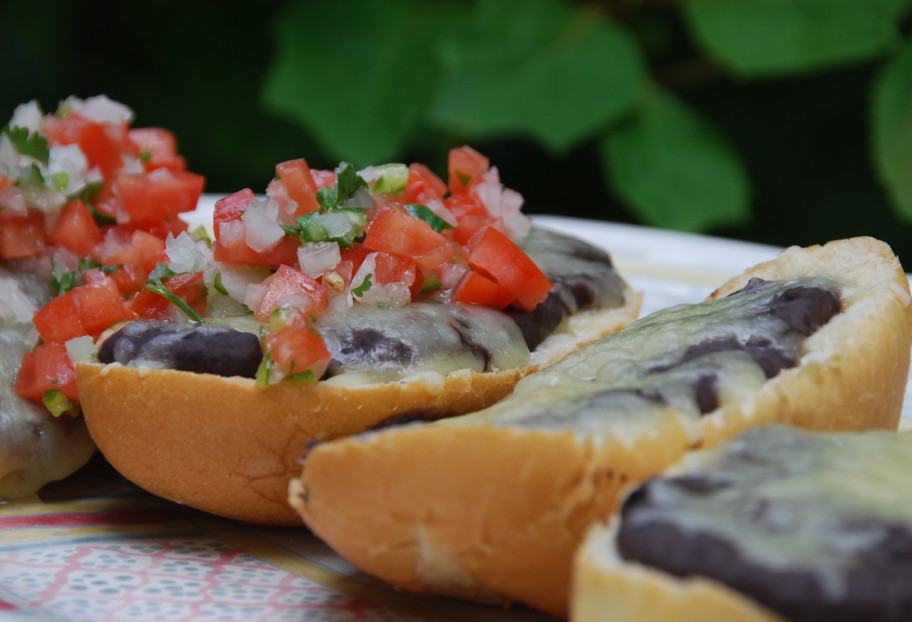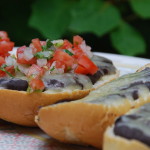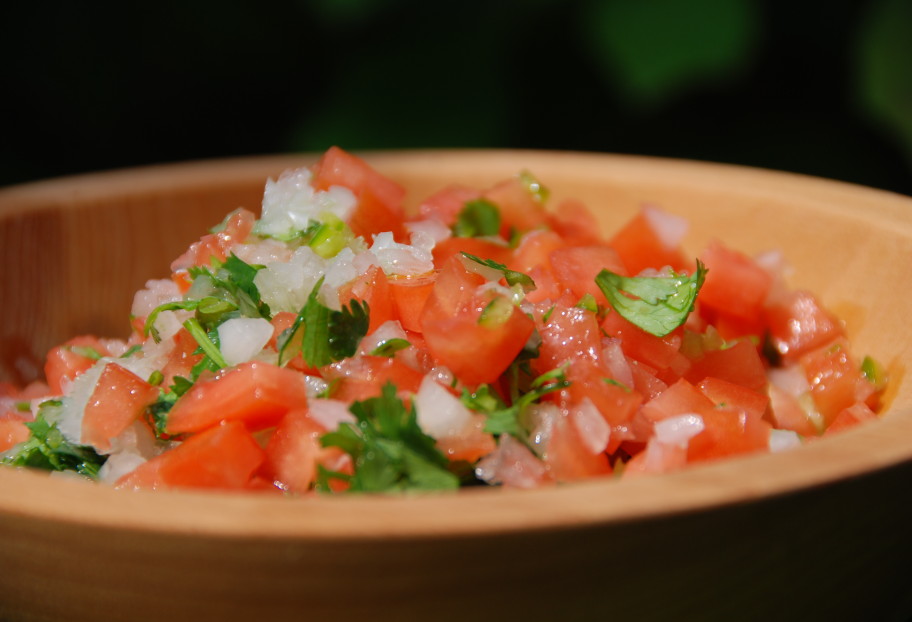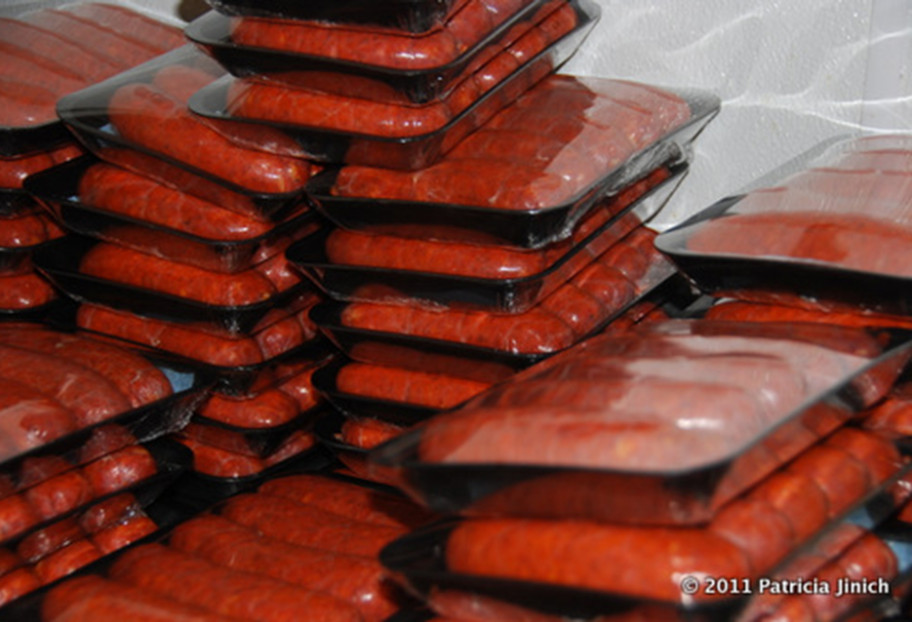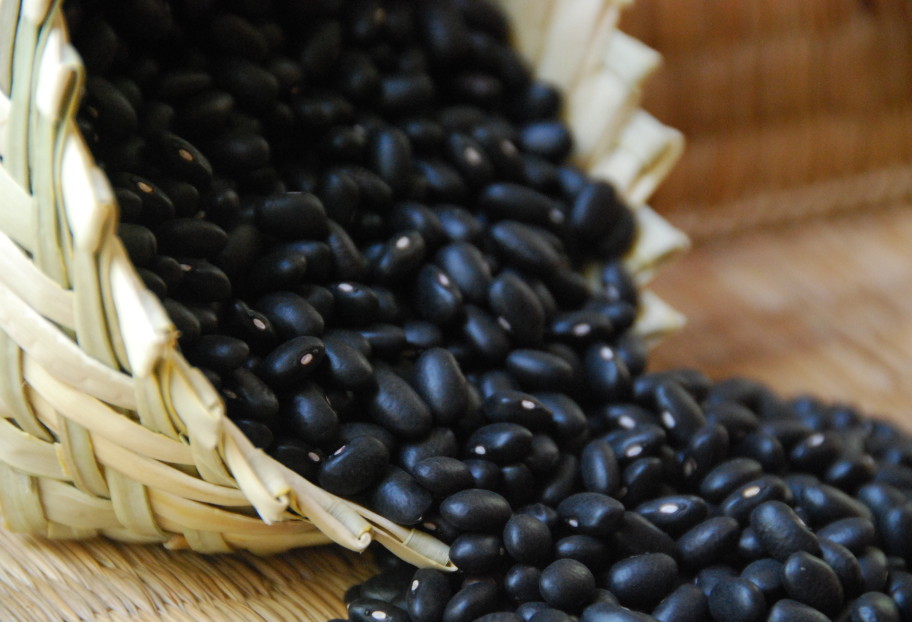It takes three ingredients, plus any extra topping that you fancy, 8 minutes in the toaster or oven and you get one of the most comforting foods I have eaten since I can remember: Molletes.
One of the most popular Mexican anytime antojitos or cravings, that can be eaten for breakfast, brunch, lunch, a hearty afternoon snack or dinner. It used to be a standard option for breakfast or dinner at my house growing up in Mexico City, just as quesadillas were. But I also used to crave Molletes from my school cafeteria.
So yes, even if I had some at home in the morning, I would have more for lunch at school…
First, you need the earthy and filling refried beans. You can make your own at home -I make a weekly double batch of beans and use it all week long- or buy ready made at the store. I usually go for Pintos, from photo below, or Black beans.
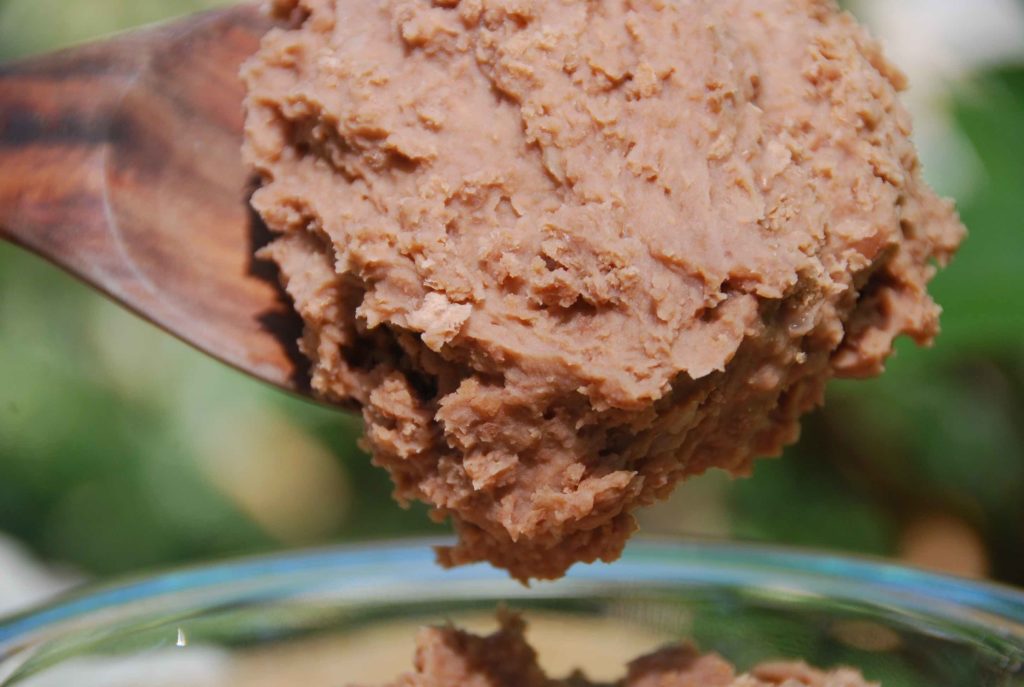
Secondly, you need crispy bread. In Mexico it is always a bolillo or telera, the Mexican adaptation of the baguette (since times of Maximilian in the 1860’s…). But you can use petite baguettes or cut individual portions from a large baguette. Portuguese buns are similar too.
Slice the breads in half lengthwise and slather 2 to 4 tablespoons of refried beans on each half.
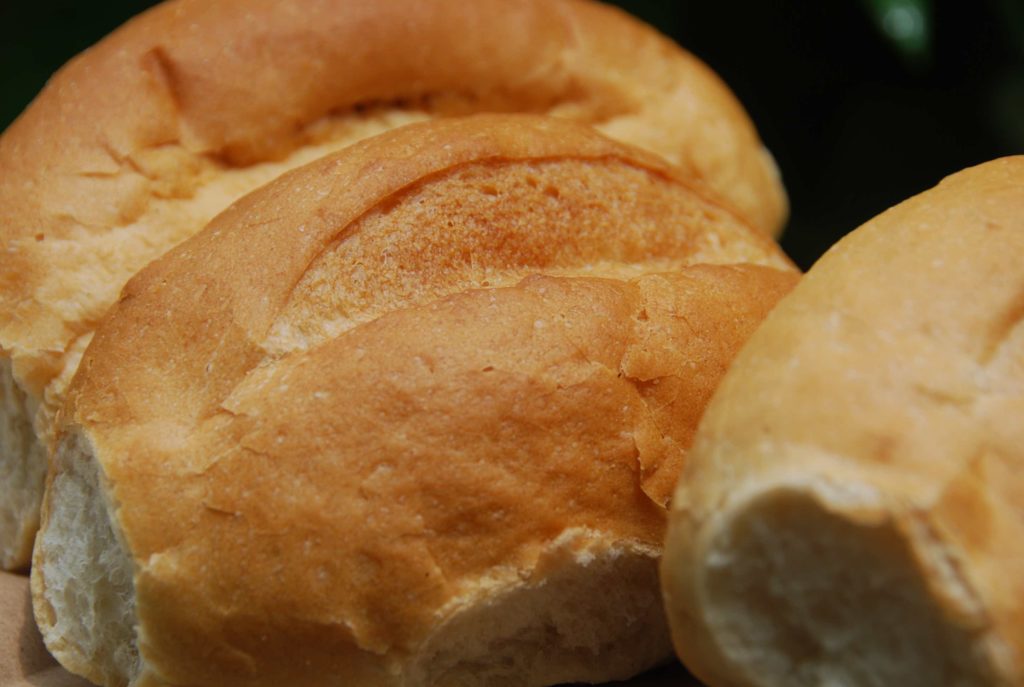
Lastly, add a generous amount of shredded, melting cheese. Something flavorful, but not too overpowering, like Oaxaca, Mozzarella (but not the fresh wet one), Monterey Jack, Light Cheddar or Muenster. In Mexico I would also go for the Chihuahua or Mexican Manchego, but those are hard to come by in the US.
Then in the toaster or oven they go, for about 8 minutes. Until the bread crisps on the outside even more, the earthy beans have heated up and the cheese is oozing on top of it all.
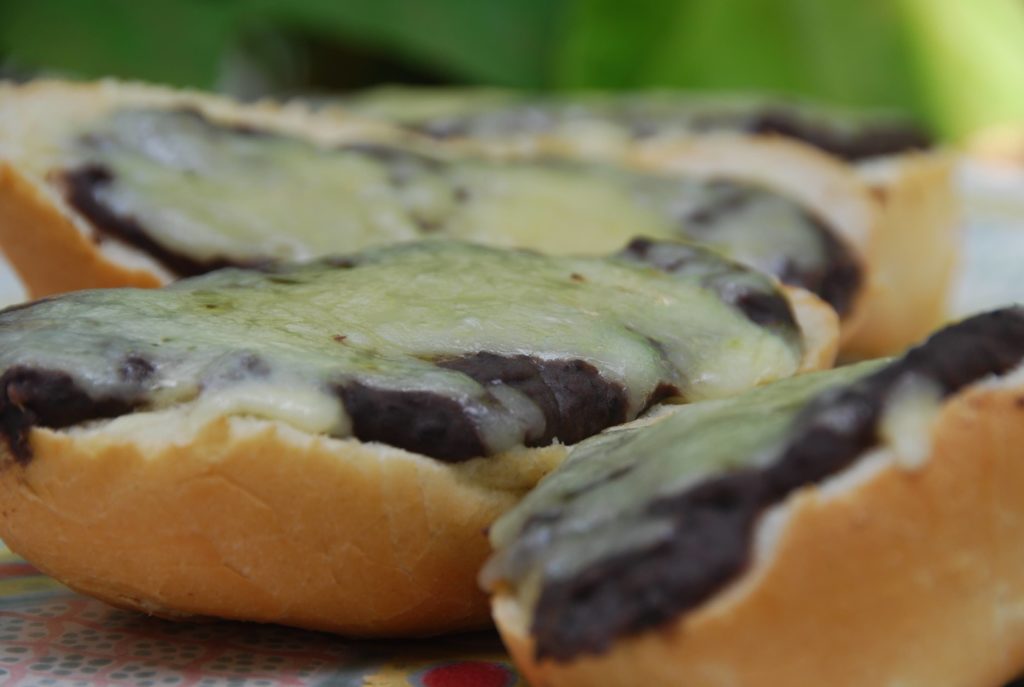
As with most antojitos, they can be messed around with. You can add extra toppings like crumbled bacon, chorizo, turkey or ham.
My boys love to have those choices! It makes them feel empowered in the kitchen, different from one another and like they are fully enforcing their free will on my territory. Which honestly, is more and more theirs, as the years go by. And I just love that, I can’t begin to tell you how much.
In restaurants and coffee shops Molletes are usually served with a side of Pico de Gallo.
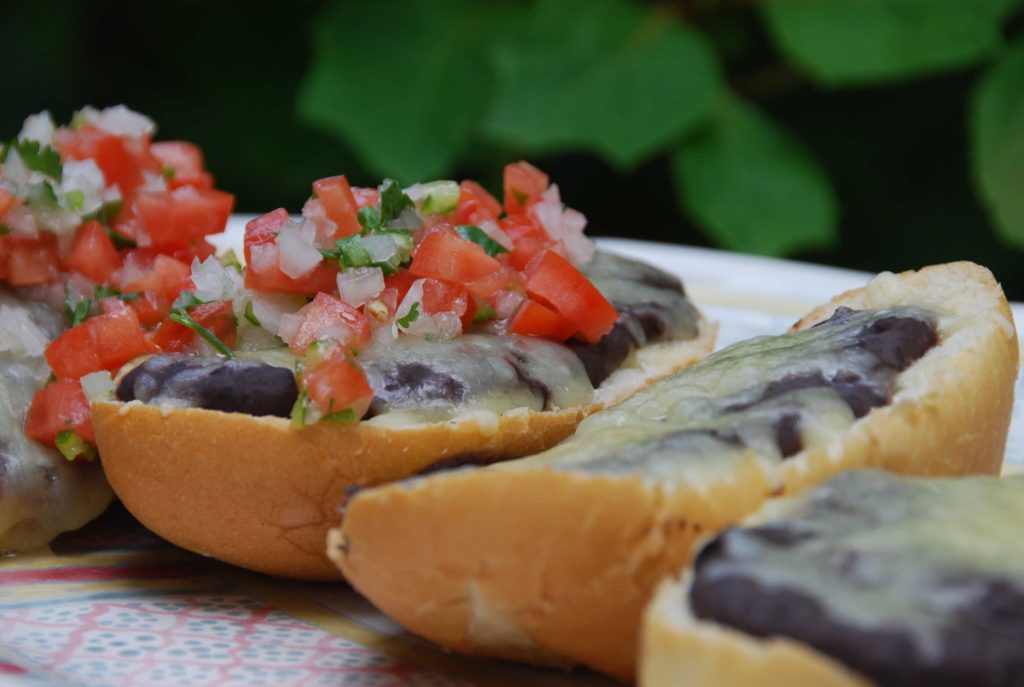
Talk about a way to make them even more wholesome and colorful. A healthy mix of ripe tomatoes, a bit of onion, cilantro and fresh chile, all mixed with fresh squeezed lime juice. But sometimes I will serve them along a Salsa Verde or Chipotles in Adobo. Delicious as well.
There is no way not to fall in love with this quick, fun and tasty meal. There’s just… none.
Enjoy!
Grilled Bean and Cheese Heros
Ingredients
- 4 teleras bolillos, petite baguettes or large baguettes cut into 6" portions
- 2 cups refried beans homemade or store bought
- 2 cups Oaxaca cheese mozzarella or Monterrey jack, grated (any melting cheese of your liking will do)
- Serve with pico de gallo salsa or another salsa of your choice
Instructions
- Preheat the oven to 350 degrees.
- Slice the bread in half lengthwise to have 8 pieces. Spread each piece with 3 to 4 tablespoons of refried beans and add 3 to 4 tablespoons of grated cheese on top. Arrange Molletes on a baking sheet as you make them. If you want, add additional toppings like ham, turkey, bacon or chorizo. Sprinkle them on top of the cheese. When they are all assembled, place the baking sheet into the oven.
- Bake for 8 to 10 minutes, or until the cheese has melted and the bread has a nice toasted crust around the edges. Serve with Pico de Gallo salsa, or a salsa of your choice, on the side or on top.

